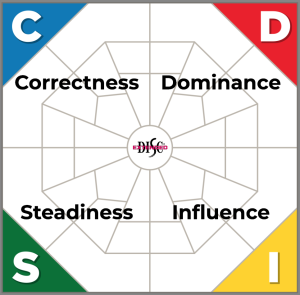Leadership is being severely challenged. The make-up of the workforce has changed dramatically. The majority of the workforce is not engaged.
However, the focus of my attention today is the failure to retain talented employees. It is said “people leave their managers not their jobs”.
They just can’t take it anymore.
This has huge implications not only for employee retention but leadership selection and development.
- Consider the impact of leaders who frustrate valued employees into leaving or failing to achieve peak performance?
- Could the failure to be more mindful and thorough in selecting and preparing leadership personnel at all levels be a costly oversight?
- Why do so many workshop participants wonder why the leadership team is not being exposed to the key principles being presented?
It is easy to blame the state of affairs on the changes in the workforce and the mind-set that they bring to the workplace. However, should that absolve management of the responsibility to equip their supervisory, managerial and leadership personnel to effectively lead the workforce of the future?
Why are so many talented employees leaving good jobs because they just can’t put up with the leadership style of their immediate supervisor/team leader/manager?
Others leave because they feel stifled by the archaic philosophy and closed mindedness of the upper echelons of the organization.
If leaders are not trained, key staff will not be retained.
SOLUTION
There are dramatic changes and influences that combine to make leadership today significantly more challenging.
These include:
- The increasing percentage of the workforce that are represented by Millennials and the different perspective, needs and expectations that they bring.
- The impact of technology, including Social Media, how people communicate and how their world-views are altered.
- There is also the challenge of the rapid pace of change where competitors can spring up overnight and challenge the very existence of the organization.
Step 1: Role Fit Analysis
One critical step towards future-readiness is to map leadership team(s) against the requirements of the new and emerging environment.
We have been strong in advocating the importance of Role Fit Analysis and Mission Alignment based on behavioural preferences. However, we appreciate arguments about moving people out of their comfort zones and developing more rounded individuals.

We don’t recommend the use of Role Fit to prevent people from performing certain tasks. We suggest that certain tasks may require more focus or energy for effective completion by them.
Would your organization be better off insisting that a right-handed individual write with their left hand? Many organizations are doing just that behaviourally.
Fit for purpose, finely tuned teams will have the competitive edge over a leadership team in which members strive to play uncomfortable roles.
Is the development of weaknesses to produce more rounded individuals more advantageous that building on strengths?
Should Usain Bolt focus on his start rather than sustaining his top-end speed?
Would you rather be treated in a hospital with skilled general practitioners or one with a cross-section of specialists?
People do better at what they are passionate about. Aligning responsibilities to behavioural preferences, where feasible, is an important step towards improved effectiveness of leadership teams.
Step 2: Gap Analysis
This involves mapping your leadership team’s preferences against desired outcomes to identify gaps.
Identification that there is a gap and the nature of the gap helps the organization to take laser-focused corrective action.
For example, it is helpful to recognize if a team is comprised of behavioral styles that are reserved and task-oriented (C-Style) but they are operating in the rapidly changing environment that requires innovative engagement of people (I-Style).
Aligning teams to desired outcomes requires the use of sophisticated Team Mapping diagnostics. We utilize Extended DISC solutions on the revolutionary FinxS Platform. The identification of training needs is enhanced by the application of 360 assessments. The diagnostic process is followed by targeted coaching.
Bottom Line
Organizations ignore future-readiness at their peril. The loss of key talent, low employee engagement and misaligned leadership guarantee under-performance.
Let’s have a conversation about the future-readiness of your leadership team.



